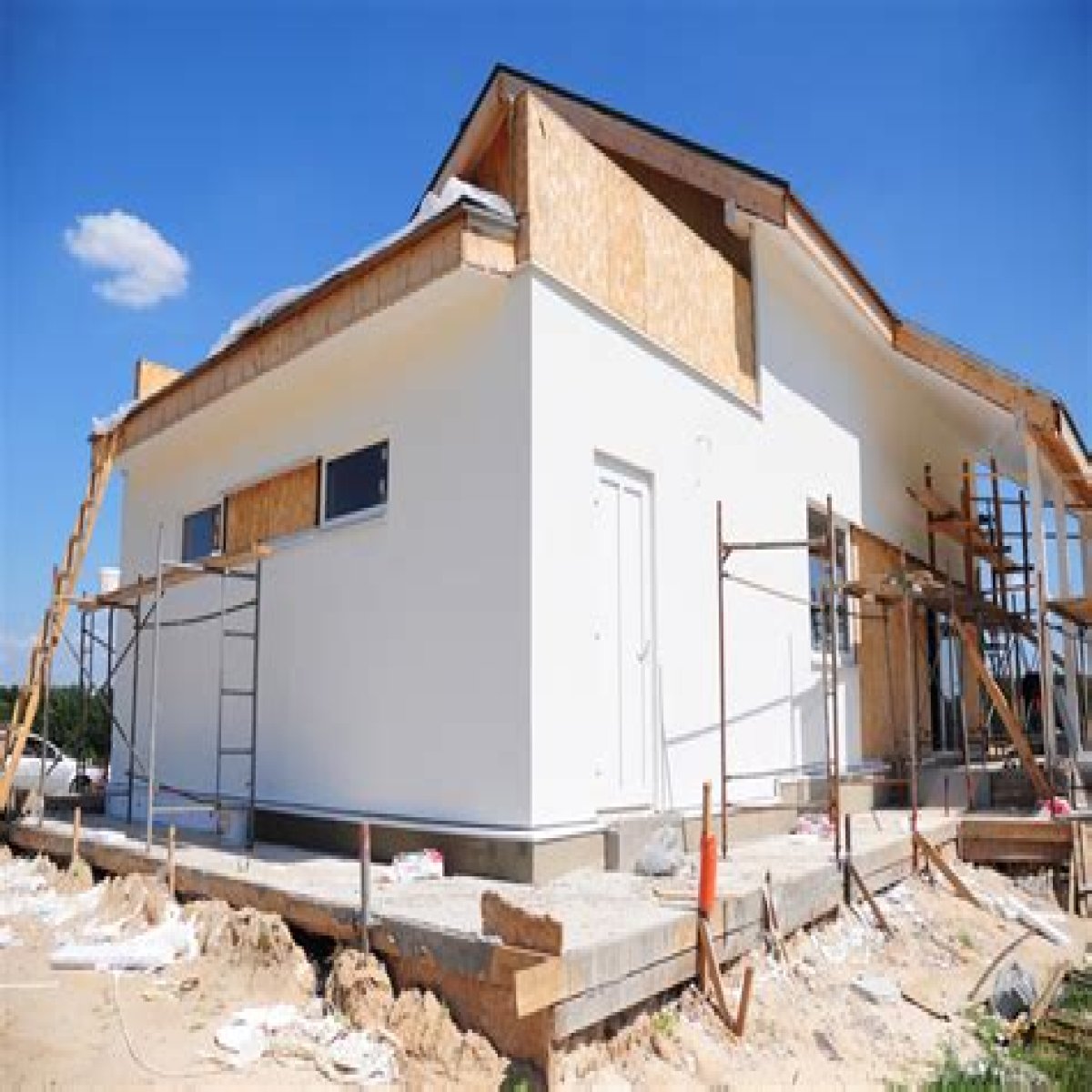Learn More About Northridge ADU Garage Conversion
Garage Conversion Northridge TIPS...
Those tiny, often very cute homes that people are adding on their properties seem to be popping up everywhere these days. The tiny buildings can provide extra rental income, offer a less-expensive housing option or provide a home for a relative.
Accessory dwelling units, or ADUs, are second dwelling units created on a lot with an existing house or attached house. They’re often referred to as mother-in-law apartments, granny flats or studio apartments. As a homeowner, what are the legal issues to consider before building an ADU of your own?
Different cities, different rules
First off, different cities have different rules. Before plotting the space for your new tiny house, check with your city’s planning and zoning department to determine what those rules are.
Although it’s not always necessary to hire an architect or engineer in the design process, it’s often a good idea, says Lydia Afeman, who is building a home with two micro-apartments on her property in Houston. Involving professionals can help ensure that you’ve covered all your bases on structure safety.
Southern California real estate lawyer Flavia Berys urges homeowners to check local zoning laws and apply for the proper building permits with their local planning department. She also advises them to confirm that their contractor is insured and licensed.
Homeowners should check for building restrictions in their home or property title policy and consult their homeowners association, if applicable.
A look at ADU rules in California
California, amended its second-unit law, also known as the “granny flat law,” in 2003. The law encourages ADUs by prohibiting local governments from mandating discretionary review of ADU applications, says Kevin Casey, chief executive and founder of New Avenue Homes, an Emeryville, CA, company that has ADU projects throughout the San Francisco area.
A look at the numbers
While cities have been proactive in setting rules and regulations for ADUs, banks have not yet figured out a standard way to finance them. This can pose a problem for homeowners who are not able to finance a new ADU on their own.
Pahl also cautions that problems could arise as a result of an ADU, including landlord-tenant disputes, parking issues and expenses such as hazard insurance premiums.
On the flip side, Casey argues that there is a strong financial benefit in the long run. A survey of his New Avenue clients, soon to be released in partnership with University of California, Berkeley, found that renting out an ADU can ultimately provide close to $1 million in rental revenue for the owner.
“One client built an ADU to move into and ended up renting out the main house to Airbnb users. It’s been quite the payoff,” he says.
Ready to Get Help?
GET IN TOUCH NOW